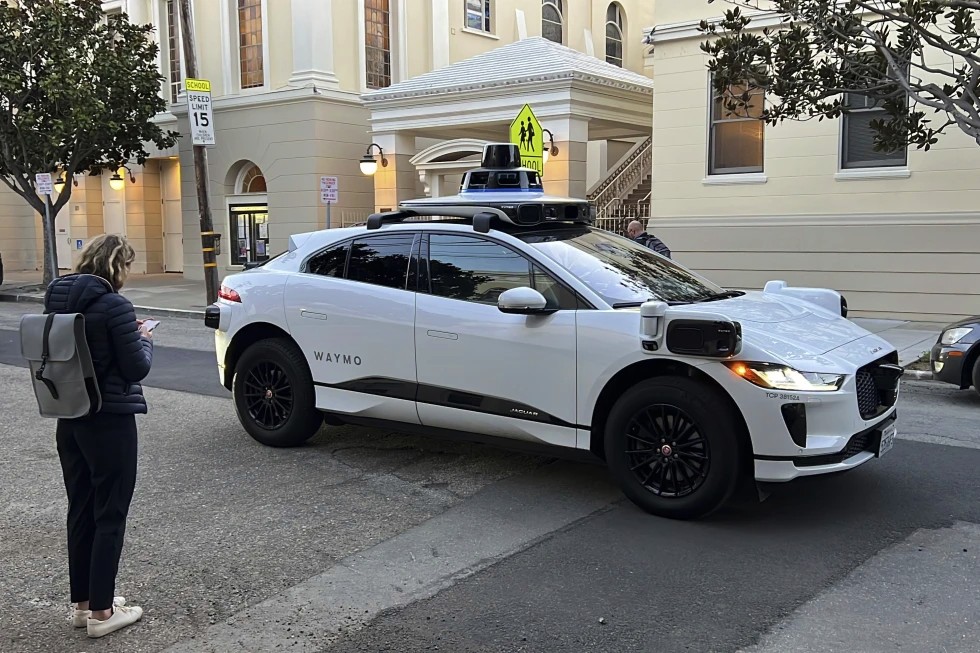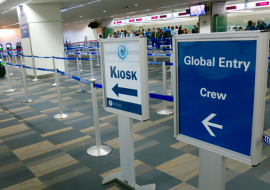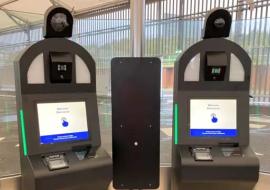Waymo Expands Robotaxi Service to Atlanta Through Uber Partnership

Waymo will begin rolling out its driverless robotaxi service in Atlanta this week, marking a significant expansion of its autonomous vehicle partnership with Uber. Starting Tuesday, residents in a 65-square-mile area of the metro region will be able to request Waymo robotaxis via the Uber app, with plans to expand the service area over time.
This launch in Atlanta follows a successful start in Austin, where Waymo and Uber deployed around 100 fully driverless vehicles just months after initiating their partnership. Unlike Tesla’s recently launched robotaxi service—which still requires a supervising human passenger—Waymo’s fleet operates without any onboard driver or monitor.
As in Austin, Uber users in Atlanta will be able to opt for a human-driven car if they prefer not to ride in an autonomous vehicle. The deployment reinforces Uber’s strategic pivot toward robotaxi partnerships, following its $245 million settlement with Waymo and the shutdown of its own self-driving unit after a 2018 fatal crash in Arizona.
Waymo’s robotaxi service is currently active through its own app in Phoenix, Los Angeles, and parts of the San Francisco Bay Area. Including Uber rides, the company is now delivering over 250,000 paid rides per week, making it a market leader in the still-emerging autonomous mobility sector.
However, competition is intensifying. Amazon’s Zoox is preparing to launch its own robotaxis in Las Vegas later this year and expand into San Francisco in 2026. Zoox also has plans for Atlanta, although no date has been announced. Meanwhile, Tesla’s robotaxi initiative, though still in early testing, continues to draw attention with CEO Elon Musk’s ambitious projections for rapid growth.
With 18 robotaxi partnerships globally, Uber projects it will facilitate 1.5 million driverless trips annually, including both passenger rides and food deliveries. As more cities open their streets to autonomous vehicles, Atlanta now finds itself at the forefront of the driverless mobility revolution.














